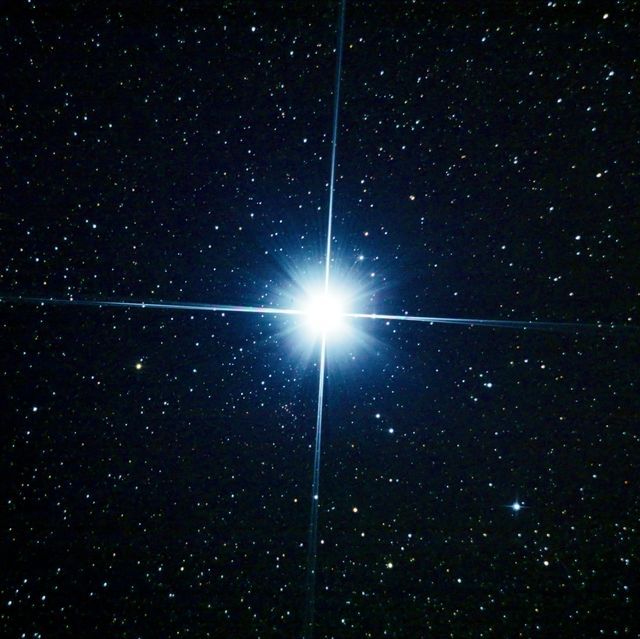Dog / Detail
A Constellation of Canines, More Than Just Star Patterns
Jonathan Bennet | 27 August 2024 | 12:05
In the vast expanse of the night sky, amidst a tapestry of stars and constellations, there exist celestial creatures that have captivated human imagination for millennia.
Among these celestial beings are the canine constellations, a pair of star patterns that have been associated with dogs since ancient times.

The larger of the two canine constellations, Canis Major, is a prominent celestial figure often depicted as a hunting dog following the hunter Orion.
The constellation is home to Sirius, the brightest star in the night sky, often referred to as the "Dog Star."
Sirius is a binary star system, composed of a main-sequence star and a white dwarf companion. Its intense brightness and apparent twinkling have made it a subject of fascination and folklore for centuries.
Beyond Sirius, Canis Major boasts other notable stars, including Adhara, Wezen, and Mirzam. These stars, along with their surrounding celestial objects, contribute to the constellation's rich tapestry, making it a captivating sight for stargazers.

Canis Minor: The Lesser Dog
Canis Minor, the smaller of the two canine constellations, is often depicted as a smaller dog accompanying Canis Major.
The constellation is most recognizable for its two brightest stars: Procyon, the "Before the Dog," and Gomeisa. Procyon is a binary star system, composed of a main-sequence star and a white dwarf companion. Its name is derived from its position in the sky, as it rises before Sirius.
While Canis Minor is smaller than Canis Major, it still offers a wealth of celestial wonders.
The constellation is home to several interesting deep-sky objects, including the open cluster M41. This cluster is located about 2,300 light-years away and contains a mix of young and old stars.

The association of dogs with the night sky has deep roots in human history. In ancient Egyptian mythology, Sirius was associated with the goddess Sothis, who was believed to control the flooding of the Nile River.
The Egyptians used the rising of Sirius to predict the annual flooding and plan their agricultural activities.
In Greek mythology, the constellation Canis Major was often associated with Laelaps, a legendary hunting dog given to the princess Europa by Zeus.
Laelaps was said to be so swift that it could catch any prey it pursued. When Laelaps chased a fox that was also said to be impossible to catch, Zeus intervened and turned both animals into constellations.

The canine constellations are best seen in the winter and early spring months. To locate them, look for the constellation Orion.
Canis Major can be found to the southeast of Orion, while Canis Minor is located to the northeast. With a pair of binoculars or a small telescope, you can explore the rich details of these celestial canines and discover the wonders of the night sky.
The canine constellations are more than just star patterns; they are a testament to the enduring bond between humans and dogs. Their presence in the night sky serves as a reminder of our enduring fascination with these loyal companions and our desire to connect with the cosmos.
Related
-

The Healing Power of Dogs: How Canine Therapy is Revolutionizing Mental Health and Boosting Positive Energy in Humans
Dog14 November 2024
-

A Pawsitive History: Dogs of Nuremberg
Dog09 November 2024
-

The Role of Oxytocin in the Human-Dog Bond: The Science Behind Our Deep Connection
Dog06 November 2024
-

Beyond the Beach: Jamaica's Dog Lovers
Dog29 October 2024
-

A Dog's Delights: Homemade Snacks for Our Furry Babies, Recipes Included!
Dog29 October 2024
-

A Dog's Disorientation: Understanding Your Dogs' Wanderlust
Dog29 October 2024
Popular
-

-

A Pawsitive History: Dogs of Nuremberg
09 November 2024 -

-

Beyond the Beach: Jamaica's Dog Lovers
29 October 2024 -
